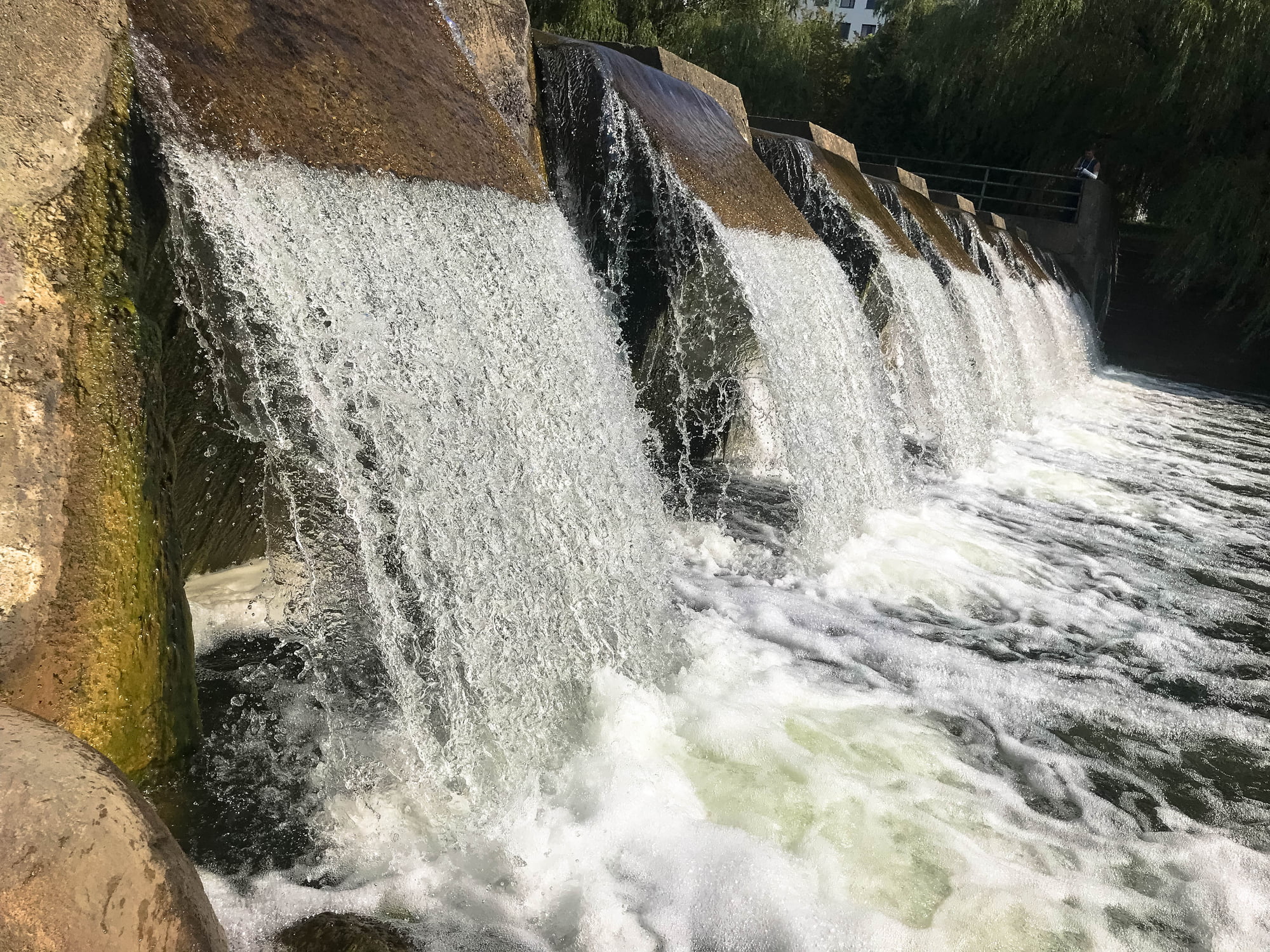Hydropower is very site specific. Most homes will not have access to a suitable resource even if they have a watercourse running nearby. If you might have a suitable site, the next step is to contact a certificated installer, who will assess your site.
To be suitable for electricity generation, a water source needs to have a combination of:
- Flow – how much water is flowing per second.
- Head – a difference in height over a reasonably short distance.
Find out more about hydropower systems and the planning permissions and licences required.
It’s also important to consider what happens to the river in summer. The minimum flow during dry periods is usually the deciding factor, no matter how impressive the river looks when it’s in flood.
If there is a good hydro resource in or near your community, it might be worth developing it as a community energy project, rather than as a system to supply just one home.
If you live in Scotland, find case studies and examples of homeowners who have installed a micro hydro system using our Green Homes Network tool.
